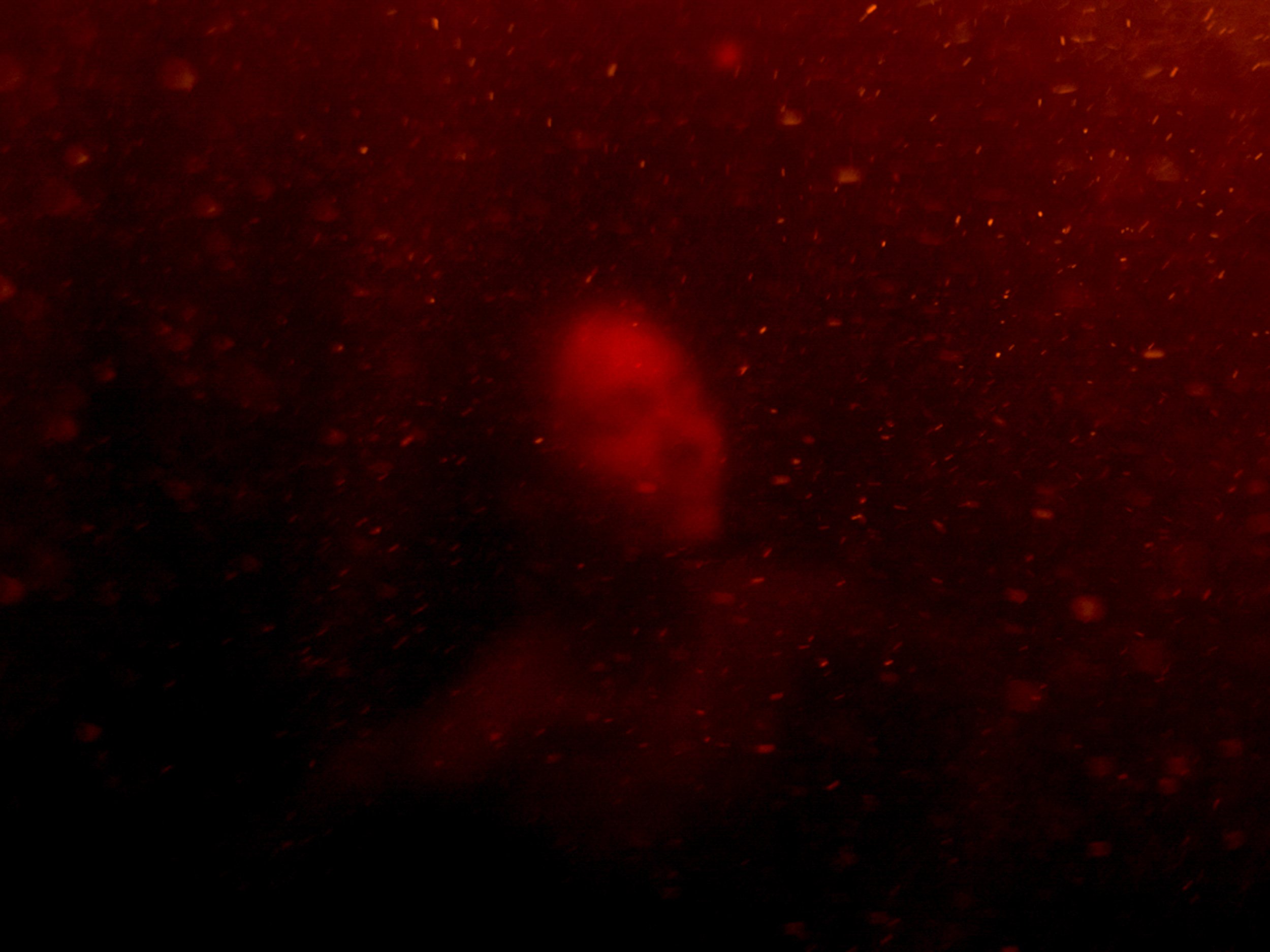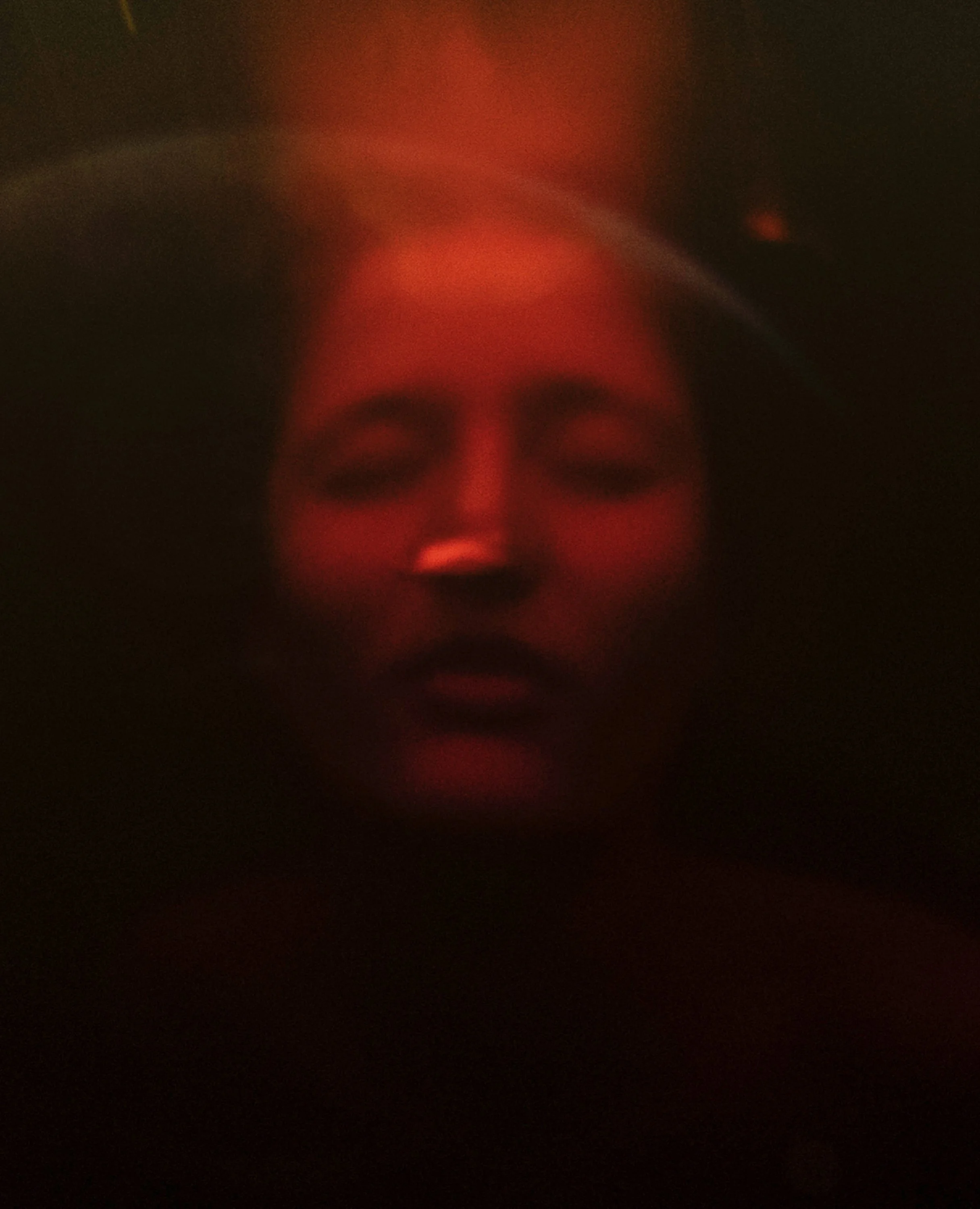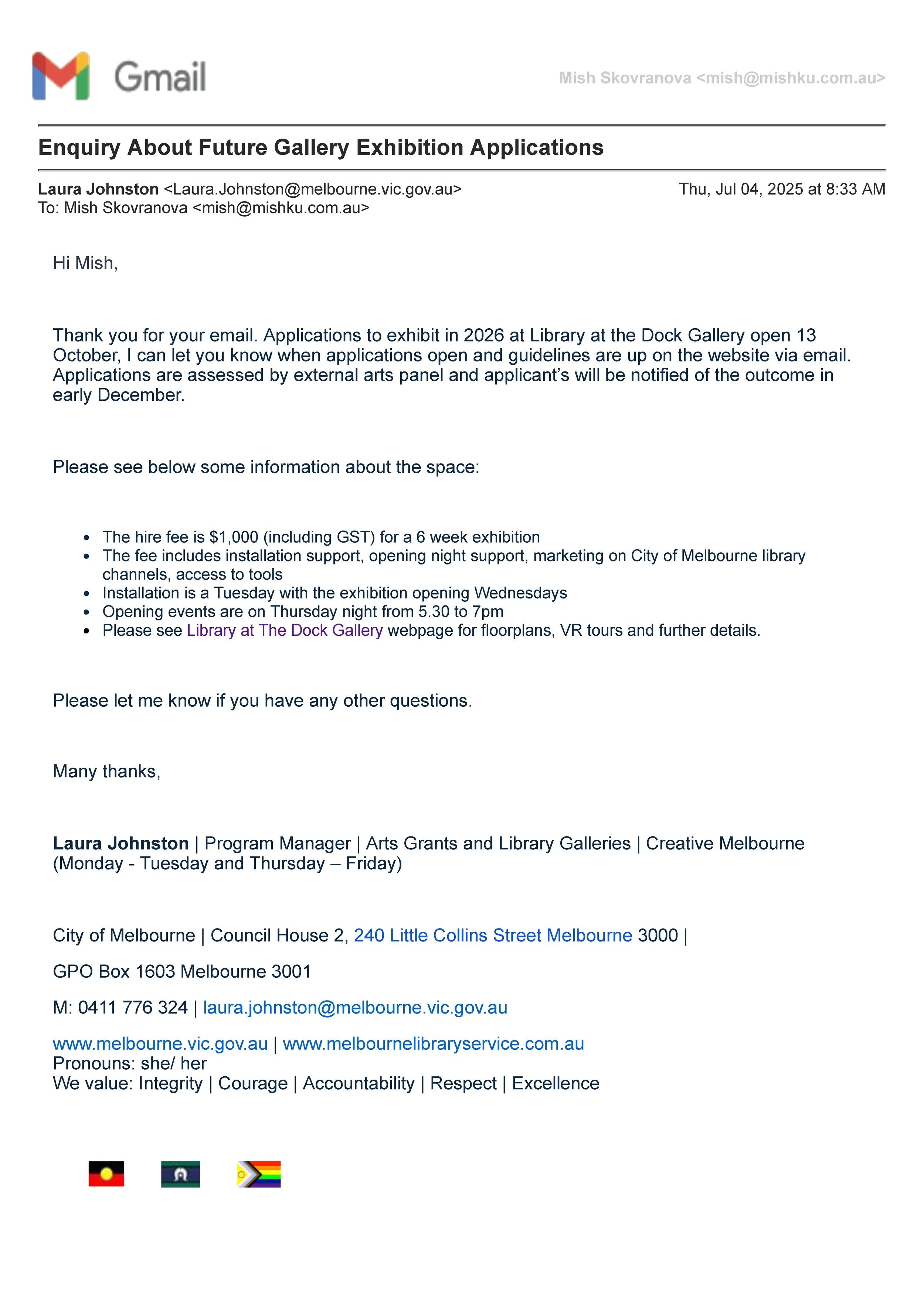Shared Breath - The Dive Reflex
Shared Breath is a visual storytelling project set in Port Phillip Bay, Melbourne, that explores a remarkable reflex triggered the moment we’re submerged in water—a biological response we share with seals, seabirds, and dolphins. This ancient adaptation slows the heart, conserves oxygen, and calms the nervous system. By weaving together underwater imagery, soundscapes, and lived experience, the project invites us to reflect on our evolutionary connection to water—and how that connection can offer healing, regulation, and a quiet return to ourselves. It’s a story about remembering what the body already knows: how to breathe, how to adapt, and how to belong to the world around us.
Ocean Swimmers Gadigal (Sydney)
The project is grounded in both scientific research and lived experience. Studies show that cold-water immersion and breath-hold techniques stimulate vagal tone, reduce heart rate, and support recovery from trauma. These mechanisms are now being explored for therapeutic use in treating anxiety, panic, and PTSD.
The dive reflex is not just evolutionary—it is medicinal.
Set within Port Phillip Bay, Melbourne—one of Australia’s most accessible yet ecologically rich marine ecosystems—Shared Breath uses visual storytelling to illuminate this reflex not only as science, but as a metaphor for regulation, reconnection, and resilience.
Shared Breath also tells a story of kinship—defined not by ancestry, but by adaptation. Across species lines, we are linked by breath, biology, and the water that holds us. This reflex lives in all of us, waiting to be remembered.
This framing is especially timely. As climate disruption, urbanisation, and chronic illness reshape both ecological systems and our internal landscapes, many people experience profound disconnection—from their environments, their bodies, and each other. What happens when we lose access to the spaces that regulate us? And how do we continue to belong to them—across illness, distance, or change?
Bigbelly Seahorse Naarm | Port Phillip Bay
Naarm | Port Phillip Bay Waterways
These questions echo across cultural knowledge systems. For First Nations communities, water is a resource, spirit, memory, and Country. In the Port Phillip Bay region, the Bunurong, Wurundjeri, and Wadawurrung peoples have long practiced cultural and ecological care for marine environments. Waterways are ancestral beings, sites of ceremony and renewal. Water has long offered healing to land and community alike.
While rooted in Port Phillip Bay, the themes of Shared Breath are global. The dive reflex is a universal capacity found across cultures and species and this project is designed to scale beyond a single location. Its immersive and modular format can be adapted for educational use, public science programming, or cultural exhibitions around the world.
Across generations and geographies, water has shaped not only bodies, but communities—serving as a site of regulation, memory, and collective resilience. From traditional cultural practices to modern free diving and therapeutic immersion, the breath we hold underwater becomes a way of holding place, pain, and each other.
Slow motion video portait of Kate Disher-Quill (She/Her) an artist and a proud advocate for the representation and inclusion of people with disability particularly within the arts and media. During the extended Covid-19 lockdowns in Naarm (Melbourne) Kate relished peaceful moments in the ocean. Pictured at her local swimming spot in Williamstown.
Photograph of Michaela Skovranova and an Australian sea lion, Wirangu | Baird Bay, South Australia. Photograph by Andy Hatton.
The project builds on scientific research into the dive response, layering it with personal narrative, ecological knowledge, and emotional storytelling. For me, it’s not only a subject of intellectual curiosity—it’s also deeply personal.
Living with chronic pain and illness has shaped how I move through the world - how I inhabit my body, how I seek relief. For years, I felt estranged from myself, disconnected from the body I lived in. Then I found water. At first, it was simply the surreal feeling of weightlessness, an escape from gravity and strain. But over time, water became a place to slow down, to listen and to feel.
The dive reflex is something I now carry intimately as a lived practice. It’s become a way of finding calm and clarity when everything else feels overwhelming. This is why this story matters to me. It’s about what the ocean can teach us as a scientific phenomenon - and equally, what it reveals about being human.
My first freedive training in 2014 wasn’t about depth—it was about learning to be still inside my own body. Each breath hold grew longer: 0:37, 1:36, 2:10, 2:17, 2:38. I was learning to let go. All humans carry the dive reflex. It doesn’t belong only to elite athletes or ocean dwellers. It belongs to all of us. It’s a quiet bridge back to regulation, to memory, to the breath we all share—between selves, between species, between the body and the sea.
Film Example: Nature Love Stories | TEDxSydney 2019 Director: Michaela Skovranova Production: Mishku Co-Editor: Andy Hatton Music: Troels Thomasen
This project asks:
What can our shared breath with the ocean teach us—about memory, nature, belonging, and what it means to be human? In an overwhelming world, Shared Breath offers an alternative narrative—a quiet reconnection. Through breath, we remember that we are still part of something vast, adaptive, and alive.
Project location: Aerial view of Naarm (Melbourne) and the waters of Port Phillip Bay, Australia.
Letters of Recommendation
Collaboration Outreach
Citations: Dive Reflex, Breath-Hold, and Nervous System Regulation
- Gooden, B. A. (1994). Mechanism of the human diving response. Integrative Physiological and Behavioral Science, 29(1), 6–16. https://doi.org/10.1007/BF02691277 Foundational paper explaining the dive response: bradycardia, peripheral vasoconstriction, and blood shift.
- Schagatay, E. (2011). Predicting performance in competitive apnoea diving: A review. Diving and Hyperbaric Medicine, 41(4), 200–211. Explores breath-hold performance and physiological adaptation in humans.
- Yilmaz, A., & Cetin, E. (2021). The effects of cold water immersion on vagal tone, stress reduction, and autonomic balance. Autonomic Neuroscience, 234, 102828. https://doi.org/10.1016/j.autneu.2021.102828 Discusses vagus nerve stimulation and parasympathetic activation through cold-water immersion.
- Nugent, A. C., et al. (2011). The effects of breathing on limbic activity: A meta-analysis of fMRI studies. Biological Psychology, 86(3), 234–241. Demonstrates the calming effects of slow, regulated breathing on the brain.
- Pärtty, A., et al. (2017). Cold exposure and vagal tone: A practical approach to anxiety regulation. Frontiers in Psychiatry, 8, 122. https://doi.org/10.3389/fpsyt.2017.00122 Discusses cold exposure and heart rate variability in relation to anxiety treatment.
Nature as Regulation / Somatic Healing & Trauma
- van der Kolk, B. (2014). The Body Keeps the Score: Brain, Mind, and Body in the Healing of Trauma. Penguin Books. Seminal work on how body-based therapies, including breath and immersion, support trauma recovery.
- Farb, N. A. S., et al. (2015). Interoception, contemplative practice, and health. Frontiers in Psychology, 6, 763. https://doi.org/10.3389/fpsyg.2015.00763 Highlights body-awareness practices (like breath-hold) in emotional regulation and resilience.
- Kabat-Zinn, J. (2003). Mindfulness-based interventions in context: Past, present, and future. Clinical Psychology: Science and Practice, 10(2), 144–156. Supports the use of sensory and nature-based practices in stress reduction.
Traditional Ecological Knowledge & Cultural Perspectives on Water
- Rose, D. B. (2011). Country of the Heart: An Indigenous Australian Homeland. Aboriginal Studies Press. Explores Indigenous relationality with water, memory, and Country.
- Gammage, B. (2011). The Biggest Estate on Earth: How Aborigines Made Australia. Allen & Unwin. Highlights ecological knowledge and practices of Aboriginal communities across ecosystems, including waterways.
- Pascoe, B. (2014). Dark Emu: Aboriginal Australia and the Birth of Agriculture. Magabala Books. Discusses Indigenous stewardship and land/water relationships.
- McGregor, D., et al. (2020). Indigenous knowledge systems and water governance in Canada and Australia. International Indigenous Policy Journal, 11(1). https://doi.org/10.18584/iipj.2020.11.1.8490 Explores Indigenous worldviews and governance of water as spiritual and ecological.
Ocean Connection and Human-Nature Relationships
- White, M. P., et al. (2019). Blue space, health and wellbeing: A narrative overview and synthesis of potential benefits. Environmental Research, 191, 110169. https://doi.org/10.1016/j.envres.2020.110169 Reviews the psychological and physiological benefits of proximity to water.
- Nichols, W. J. (2014). Blue Mind: The Surprising Science That Shows How Being Near, In, On, or Under Water Can Make You Happier, Healthier, More Connected, and Better at What You Do. Little, Brown Spark. Popular science exploration of the emotional and cognitive effect.



















